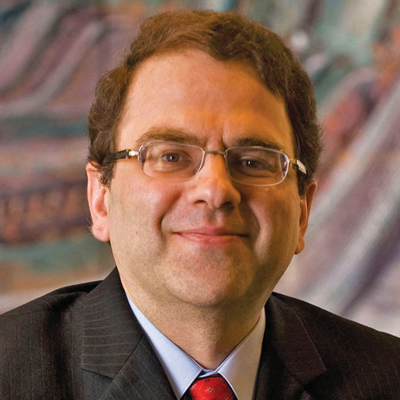- Remarks and QA(video)
Thank you, Larry, for the kind introduction, and thank you for the invitation to join you here this evening in Missoula, Montana. It’s a pleasure to be here.
I’ll kick things off with some basics about the Federal Reserve System and the Federal Open Market Committee (FOMC), and with some words about my current thinking about monetary policy. But the plan is for us to spend the bulk of our evening on your questions. One key point before I start: The views I express this evening are my own and are not necessarily those of others in the Federal Reserve System, including my colleagues on the FOMC.
In terms of basics about the Fed: I like to tell people that the Fed is a uniquely American institution. What do I mean by that? Well, relative to its counterparts around the world, the U.S. central bank is highly decentralized. The Federal Reserve Bank of Minneapolis is one of 12 regional Reserve Banks that, along with the Board of Governors in Washington, D.C., make up the Federal Reserve System. Our Bank serves as the headquarters for Federal Reserve operations in the ninth of the 12 Federal Reserve districts and includes Montana, the Dakotas, Minnesota, northwestern Wisconsin and the Upper Peninsula of Michigan.
Eight times per year, the FOMC meets to determine the appropriate stance of monetary policy. (I won’t get into too many details of what that term “stance of monetary policy” means, although I’m sure that I’ll be taking questions about it later.) All 12 presidents of the various regional Federal Reserve banks—including me—and the governors of the Federal Reserve Board contribute to these deliberations. However, the Committee itself consists only of the governors, the president of the Federal Reserve Bank of New York and a rotating group of four other presidents. In this way, the structure of the FOMC mirrors the federalist structure of our government, because representatives from different regions of the country—the various presidents—have input into FOMC deliberations.
In keeping with this structure, the regional Fed Bank presidents typically use the FOMC meetings as a way to share local economic intelligence with other meeting participants. We have many sources of such information. However, our directors—both in Minneapolis and in Helena—play an especially important role in this information-gathering process. Our boards meet eight times per year. In preparation for those meetings, board members reach out to a number of contacts to gain an understanding of what’s happening now, and what might happen in the future, in the local economy. They use those interactions as the foundation for briefings that they provide to our staff economists and to policymakers like me.
Branch and Bank directors thus play a critical role in the making of our national monetary policy. Many of them, along with a few of our alumni directors, are here with us today. I hope you’ve had a chance to meet and talk with a few of them tonight. I want to take this opportunity to thank them both publicly and personally for their valuable—and essentially pro bono—public service to the Federal Reserve System and the country.
Let me turn back to FOMC meetings. At these meetings, the Committee—consisting, as I’ve said, of five presidents and the governors in D.C.—determines the appropriate stance of monetary policy. But what does the word “appropriate” mean—that is, what is the FOMC seeking to achieve through its monetary policy choices? Congress has charged the FOMC with making monetary policy to achieve two objectives: to promote price stability and to promote maximum employment. The FOMC has interpreted the first goal, price stability, to mean keeping inflation close to 2 percent.
In order to meet these objectives, the FOMC has targeted a fed funds rate—that is, a short-term interbank lending rate—near zero for nearly seven years. There has been a lot of conversation recently about the desirability of initiating a gradual increase in the fed funds rate sometime in 2015. In my view, we should judge the desirability of such a policy decision through the lens of the FOMC’s objectives. Personal consumption expenditures (PCE) inflation has been running well below 2 percent for more than three years and is currently at 0.3 percent. My current outlook is that it will continue to do so for several years. Based on this outlook, raising the fed funds rate in this calendar year would be inappropriate, because such an action would serve to further delay the return of inflation to target.
These considerations refer only to the price stability objective. In terms of the maximum employment objective, I believe that the FOMC can best fulfill this congressional mandate by doing what it can to facilitate further labor market improvement. Again, this consideration argues against raising the fed funds rate in 2015.
Thus, under my current economic outlook, the FOMC can best achieve its objectives by keeping the fed funds rate target at its current level during this calendar year.
I want to emphasize that this conclusion is fundamentally an optimistic one. The data on inflation and employment show that we could produce and consume more as a country by utilizing more of our available human resources. Monetary policy can—and should—be used to help make that desirable outcome happen.
Thanks for listening. I look forward to taking your questions.


